Official government website of the Government of the Kingdom of Saudi Arabia
Links to official Saudi websites end withgov.sa
All links to official websites of government agencies in the Kingdom ofSaudi Arabia end with .gov.sa
Government websites use theHTTPSprotocol for encryption and security.
Secure websites in the Kingdom of Saudi Arabia use the HTTPS protocolfor encryption.
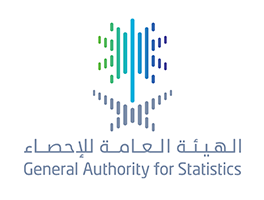
GASTAT: Saudi Workers Monthly Average Wage in Four Sectors: 10.238 SAR
21-11-2018

GASTAT Launches its Awareness Week for Students of General and Higher Education in Al-Jouf Region
21-11-2018
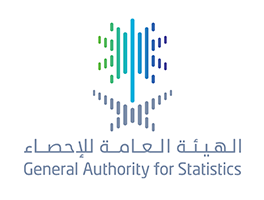
GASTAT: Index of Industrial Production Increased during the Second Quarter of 2018
18-11-2018
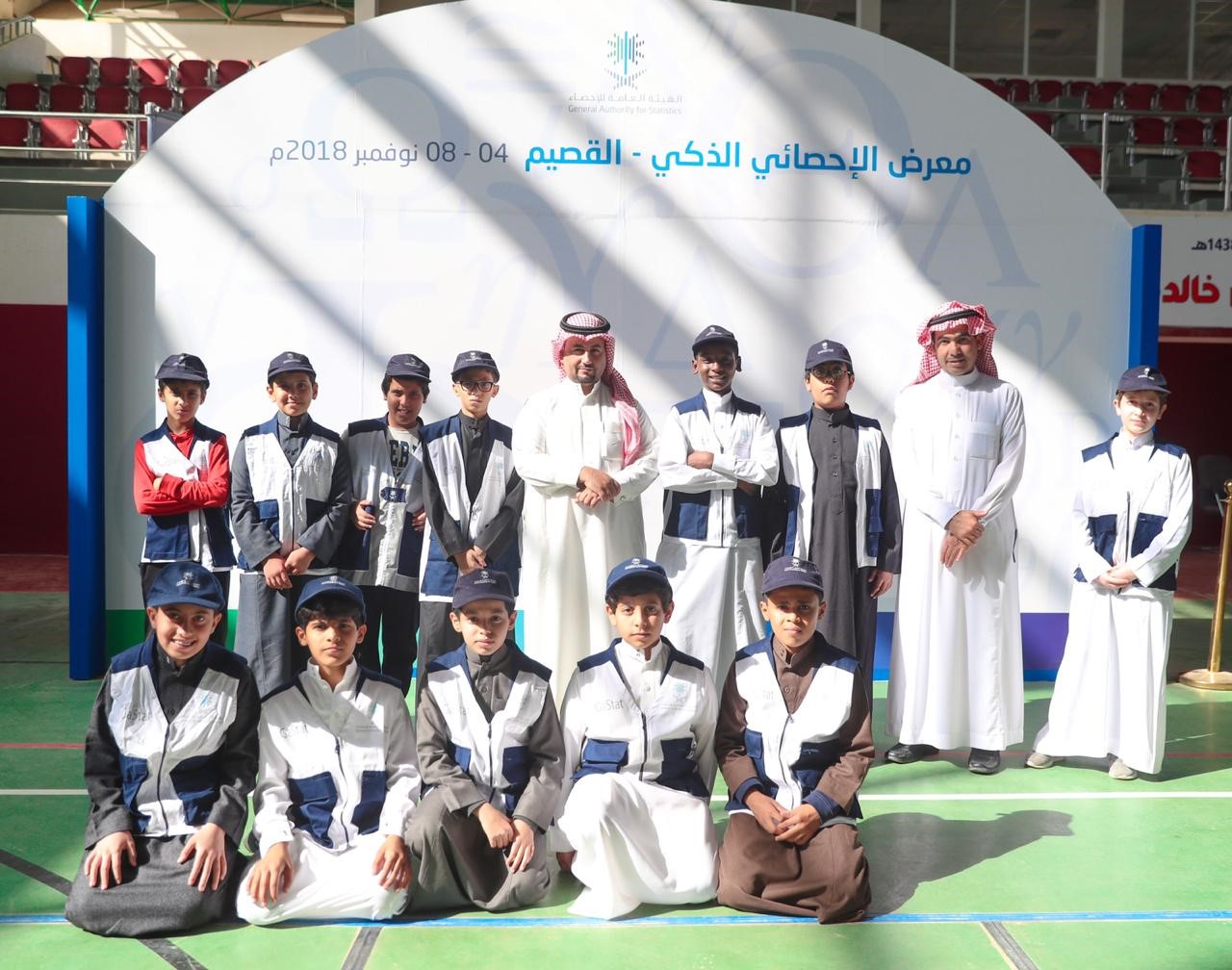
Qassim's Students Participate in Smart Statistician Exhibition
13-11-2018
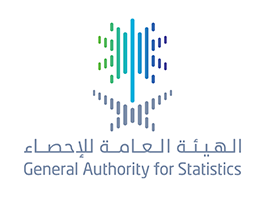
GASTAT: Number of Saudi Workers Working at Private Establishments Rose to 5.7%
07-11-2018
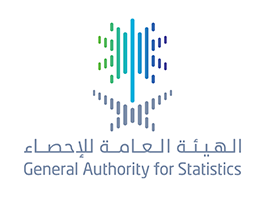
GASTAT: Per Capita GDP, Current Account of the Balance of Payments and Total Savings of the 2nd Quarter of 2018 Increased
06-11-2018

The coordination committee is holding its third meeting with 17 governmental entities
04-11-2018

Al Tekhaifi: Saudi Arabia seeks to be one of the first countries in the world to achieve the Sustainable Development Goals through building statistical indicators and creating development policies
28-10-2018
GASTAT: Real-Estate Prices Index Decreased During Q3, 2018
28-10-2018
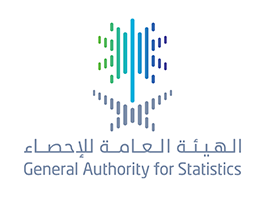
GASTAT Releases the Results of the Finance and Insurance Survey 2017
11-10-2018
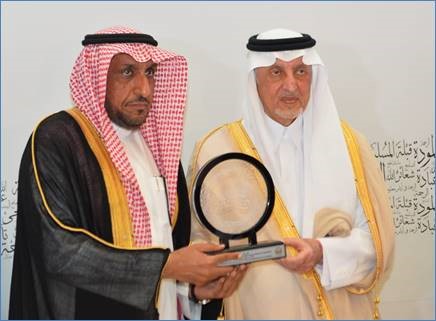
The Advisor of the Custodian of the Two Holly Mosques Honors GASTAT as One of the Success Partners
11-10-2018
GASTAT: More than 278 thousand prayers,107 thousand circumambulations of the Kaaba every hour and 42 scientific study and research to support the development
11-10-2018
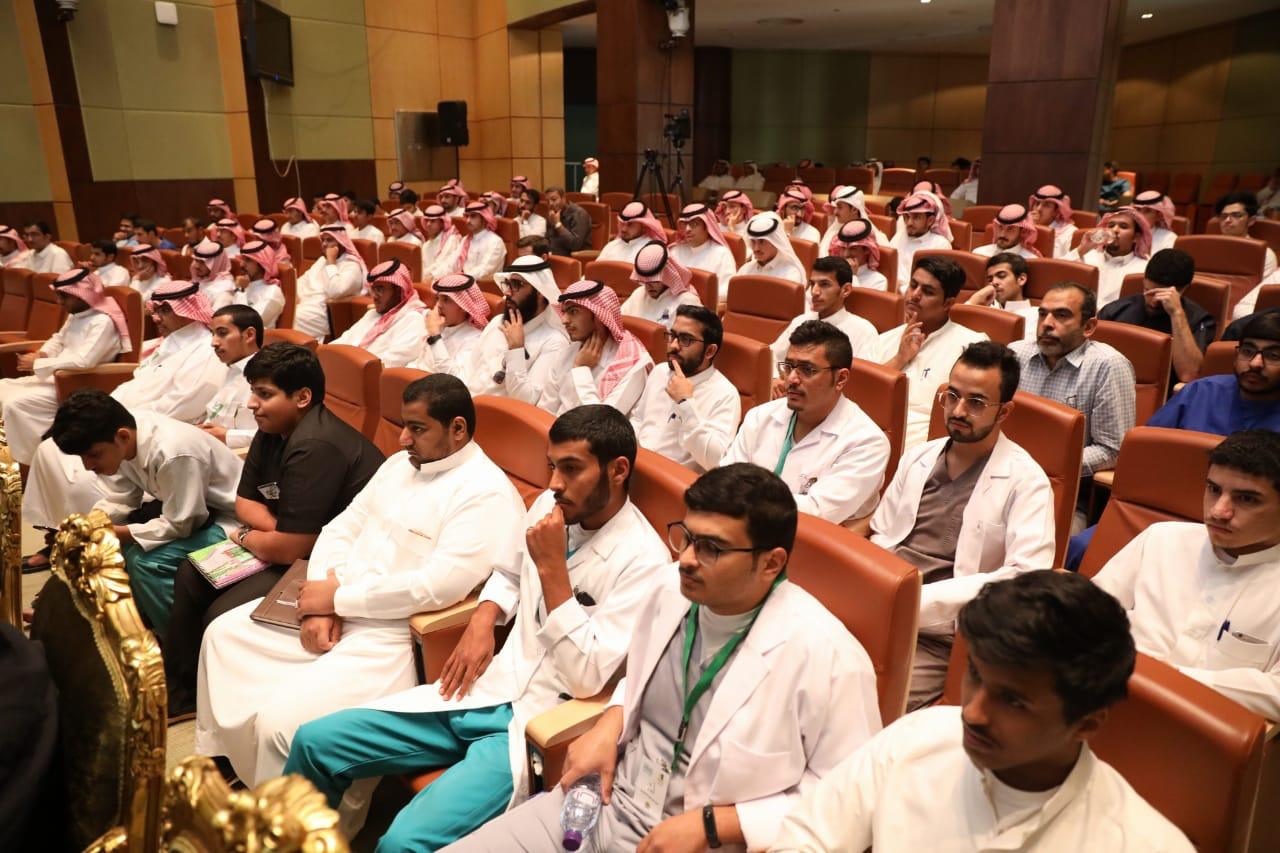
GASTAT concludes its awareness week in Al-Jawf region
08-10-2018

GASTAT Conducts 9 Field Surveys that Continue Until the Beginning Of Rabi’ Al-Thani 1440H.
02-10-2018
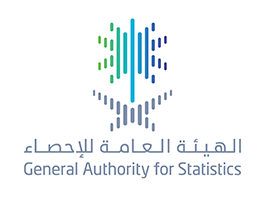
GASTAT: GDP rose by 17.76% at current prices
01-10-2018
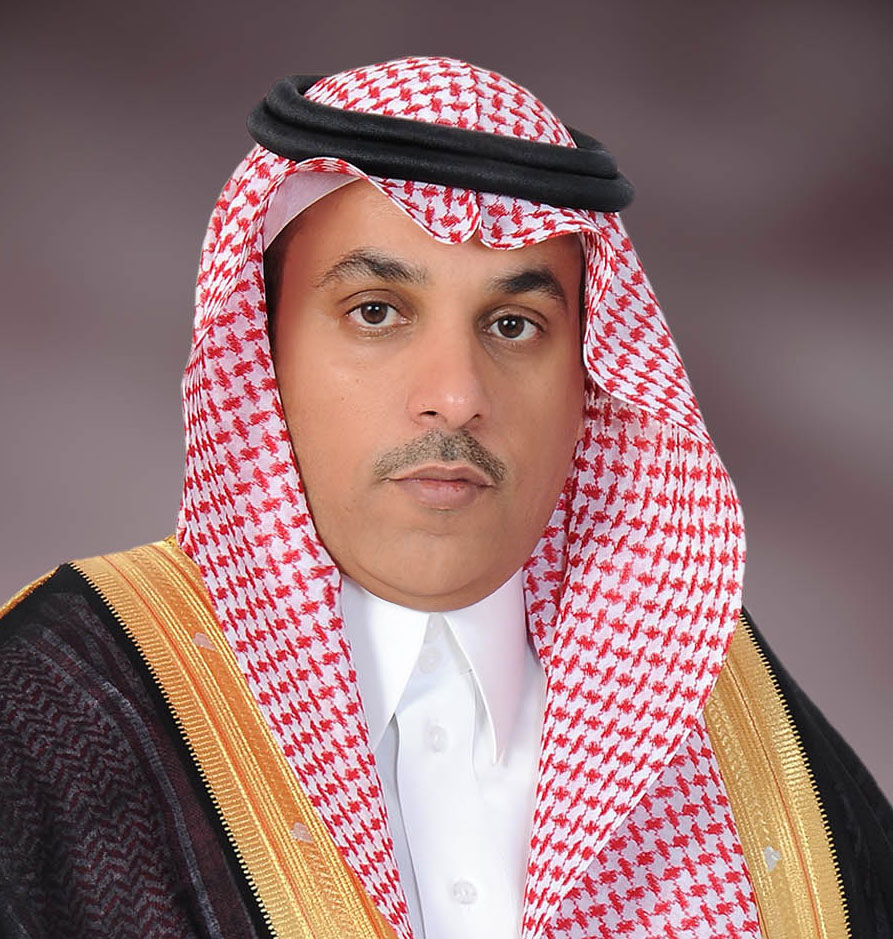
الإحصاء والتنمية .. رعاية واهتمام من عهد المؤسس وحتى زمن الرؤية
22-09-2018

Collaboration between Ministry of Health, GASTAT, and Saudi Health Council to Provide Health Database for Development Support
21-09-2018

Saudi Arabia and South Korea sign a joint work agreement to develop statistical work in both countries
20-09-2018
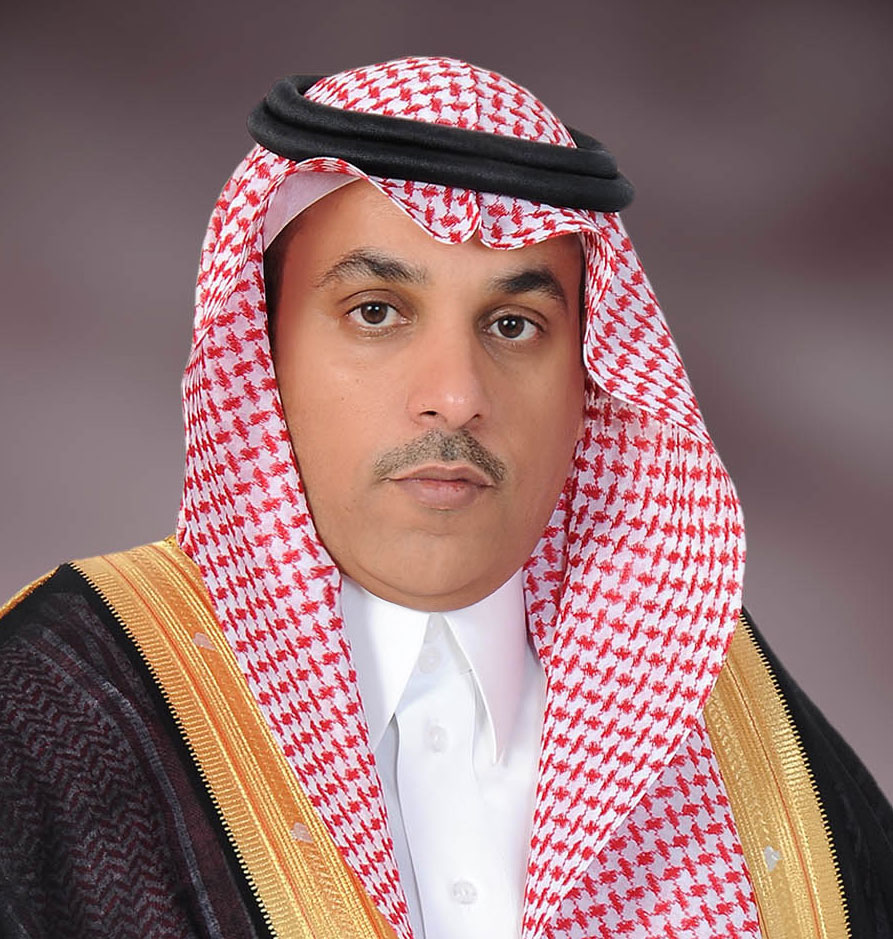
The President of GaStat Congratulates the Leadership on the Success of the Hajj Season for This Year
29-08-2018
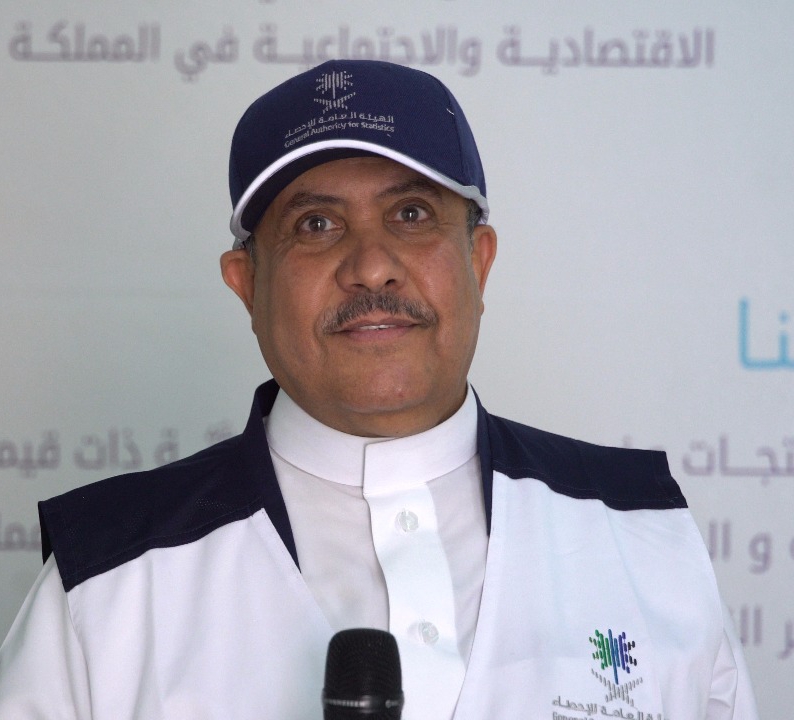
GASTAT: The Final Announcement of Pilgrims’ Total Number in 1439 H is after the Sunset of the Day of Arafah
27-08-2018

GASTAT: Saudi Workers Monthly Average Wage in Four Sectors: 10.238 SAR
21-11-2018

GASTAT Launches its Awareness Week for Students of General and Higher Education in Al-Jouf Region
21-11-2018

GASTAT: Index of Industrial Production Increased during the Second Quarter of 2018
18-11-2018

Qassim's Students Participate in Smart Statistician Exhibition
13-11-2018

GASTAT: Number of Saudi Workers Working at Private Establishments Rose to 5.7%
07-11-2018

GASTAT: Per Capita GDP, Current Account of the Balance of Payments and Total Savings of the 2nd Quarter of 2018 Increased
06-11-2018

The coordination committee is holding its third meeting with 17 governmental entities
04-11-2018

Al Tekhaifi: Saudi Arabia seeks to be one of the first countries in the world to achieve the Sustainable Development Goals through building statistical indicators and creating development policies
28-10-2018
GASTAT: Real-Estate Prices Index Decreased During Q3, 2018
28-10-2018

GASTAT Releases the Results of the Finance and Insurance Survey 2017
11-10-2018

The Advisor of the Custodian of the Two Holly Mosques Honors GASTAT as One of the Success Partners
11-10-2018
GASTAT: More than 278 thousand prayers,107 thousand circumambulations of the Kaaba every hour and 42 scientific study and research to support the development
11-10-2018

GASTAT concludes its awareness week in Al-Jawf region
08-10-2018

GASTAT Conducts 9 Field Surveys that Continue Until the Beginning Of Rabi’ Al-Thani 1440H.
02-10-2018

GASTAT: GDP rose by 17.76% at current prices
01-10-2018

الإحصاء والتنمية .. رعاية واهتمام من عهد المؤسس وحتى زمن الرؤية
22-09-2018

Collaboration between Ministry of Health, GASTAT, and Saudi Health Council to Provide Health Database for Development Support
21-09-2018

Saudi Arabia and South Korea sign a joint work agreement to develop statistical work in both countries
20-09-2018

The President of GaStat Congratulates the Leadership on the Success of the Hajj Season for This Year
29-08-2018

GASTAT: The Final Announcement of Pilgrims’ Total Number in 1439 H is after the Sunset of the Day of Arafah
27-08-2018